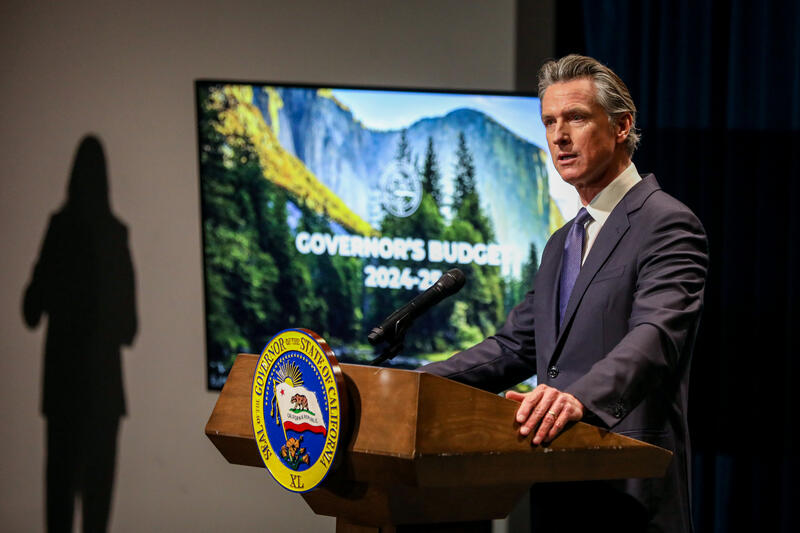During this summer, a team of students from MIT embarked on a journey to the sou …
CSU campuses begin making cuts in response to expected decrease in state aid
Carlos Changemaker

The Cal State System is expecting further reductions in its budget as it prepares for anticipated cuts in state aid due to the state’s budget deficit for the 2024-25 budget year.
Several campuses have already begun combining programs, implementing a hiring freeze, eliminating positions, postponing maintenance projects, and limiting purchases.
San Francisco State University, for example, has instituted a hiring freeze and will soon launch a “voluntary separation program” this spring. It is also restructuring courses based on actual enrollment. Last autumn, the campus announced that around 125 positions would need to be cut this spring.
“The budget reductions have been and will continue to be painful,” stated President Lynn Mahoney. However, the university hopes that these reductions and changes will lead to enrollment and budget stability within the next four years.
In 2022, Governor Gavin Newsom agreed to increase the CSU’s base funding by 5% annually for five years, on the condition that enrollment and graduation rates improved. However, due to the projected $38 billion budget deficit, the governor has proposed delaying the $240.2 million increase for the 2024-25 budget year until the following year.
If this proposal is approved, the CSU would receive two years’ worth of funding increases but would have to borrow money to cover expenses for the upcoming year.
However, this plan carries risks for the university system, particularly if the state’s budget situation worsens, making it challenging to fulfill its commitments in the future.
“The governor’s administration has expressed support for the CSU and its compact, both now and in the future,” explained Steve Relyea, the executive vice chancellor and chief financial officer for the system. “However, the proposed deferral raises substantial concerns, and we must approach it with fiscal prudence and caution.”
The 23 CSU campuses are already being asked to help close a $138 million shortfall this year and are projected to face a deficit of at least $184 million from 2024-26.
Despite this, Relyea assured that the system would pursue cost-cutting strategies while still providing support for faculty and staff compensation, preserving students’ education, strengthening the handling of Title IX complaints, and addressing other priorities.
Trustee Julia Lopez cautioned that the CSU’s financial commitments may have plunged the system into a deeper financial hole than projected when considering promises such as improving Title IX and returning cultural and human remains to indigenous communities. The only revenue aside from state funds comes from tuition increases, and at least one-third of that money will be used to enhance financial aid, she explained.
“There is a significant gap between the financial commitments we need to meet and the revenue sources we have identified,” Lopez noted. “The conversation in Sacramento is just beginning. We need to make sure our voices are heard and be very clear about our concerns.”
Trustee Jack McGrory emphasized the importance of conveying the consequences if the CSU does not receive adequate funding.
“We will have to cut courses and employees; that is the reality of our situation,” he stated.


